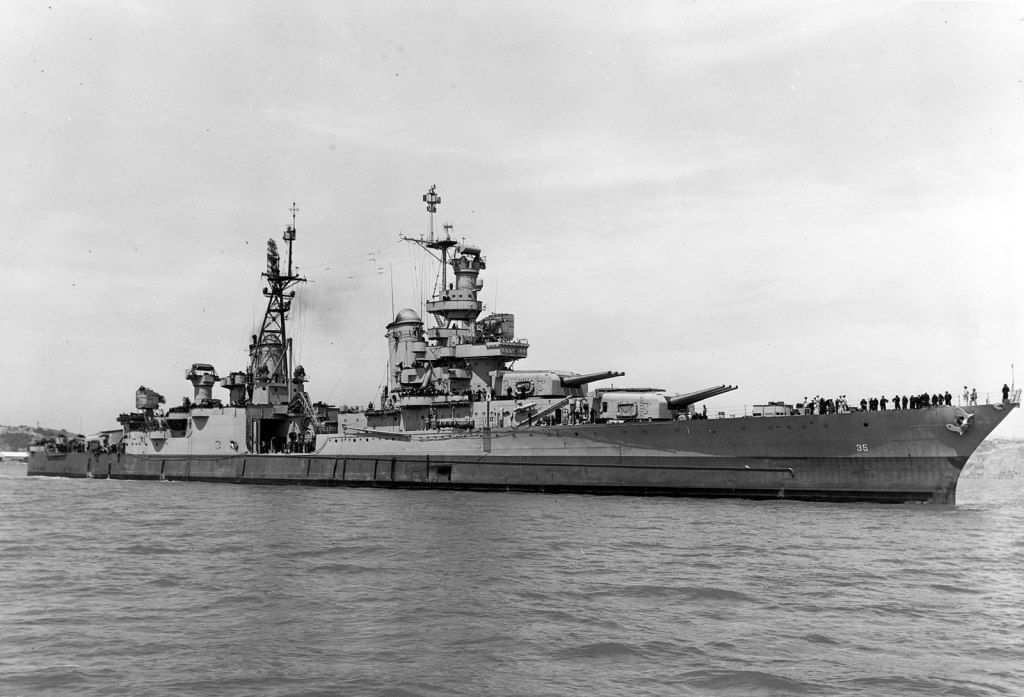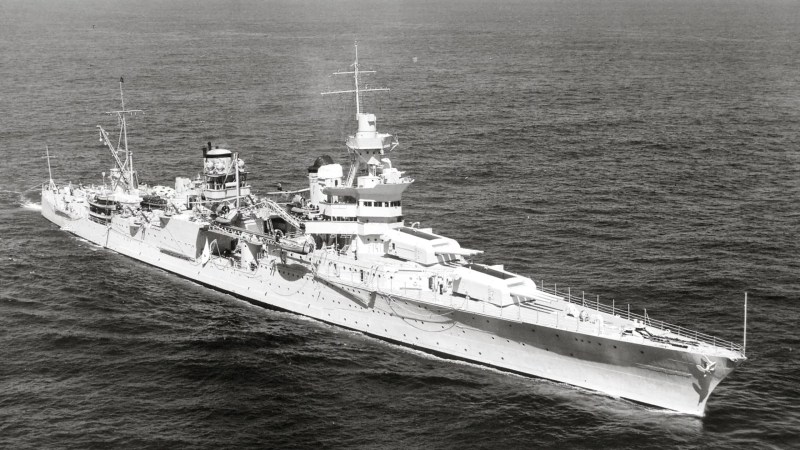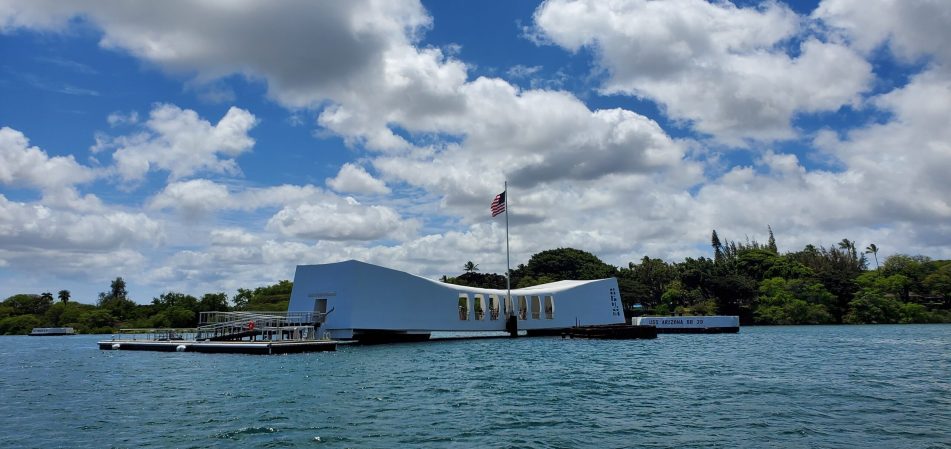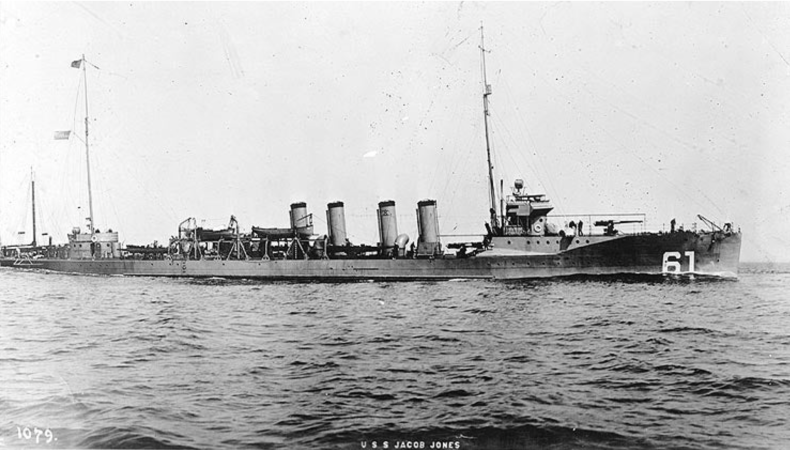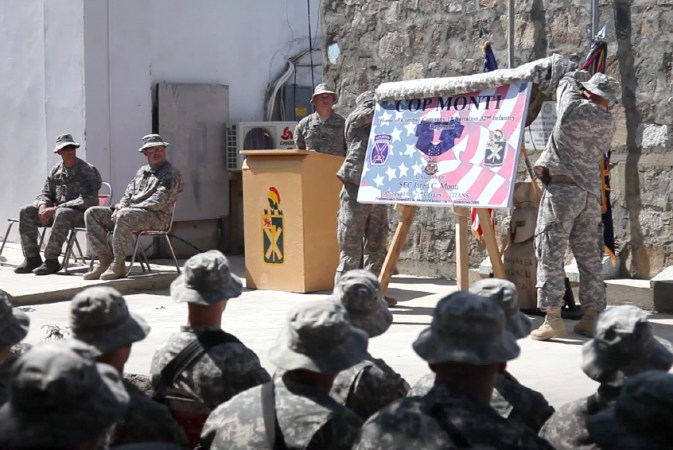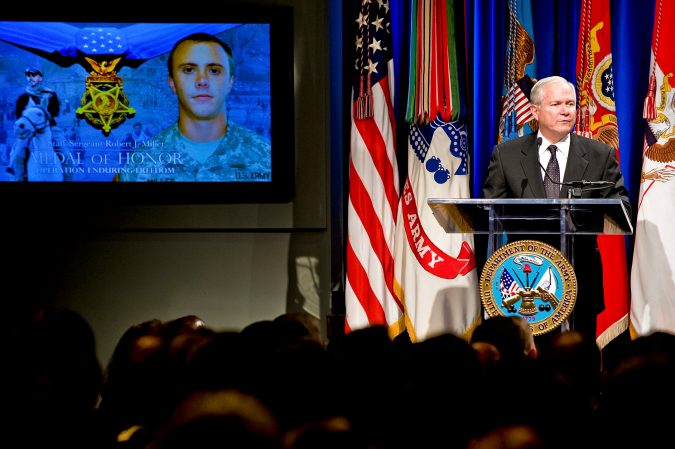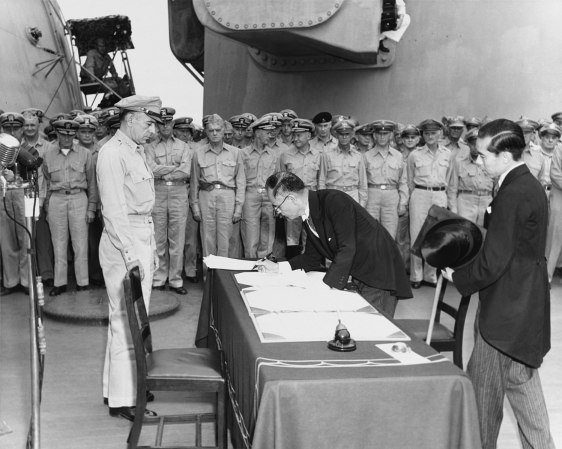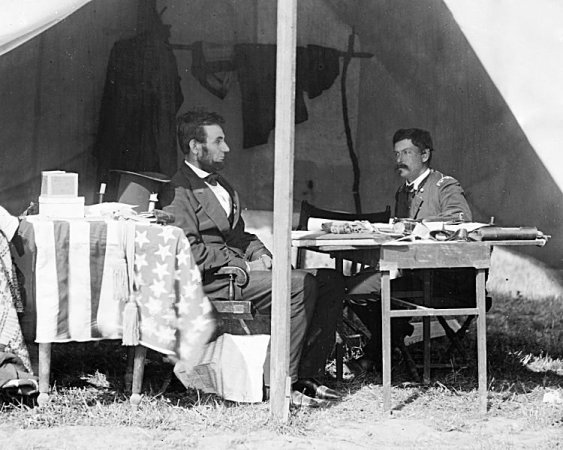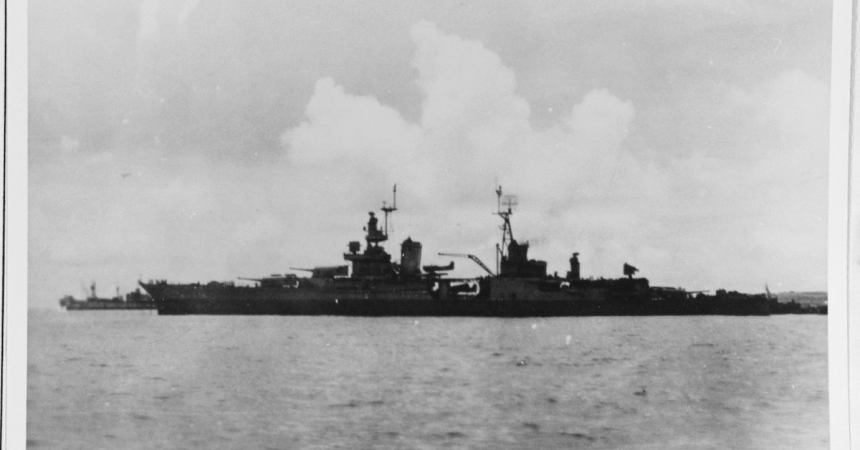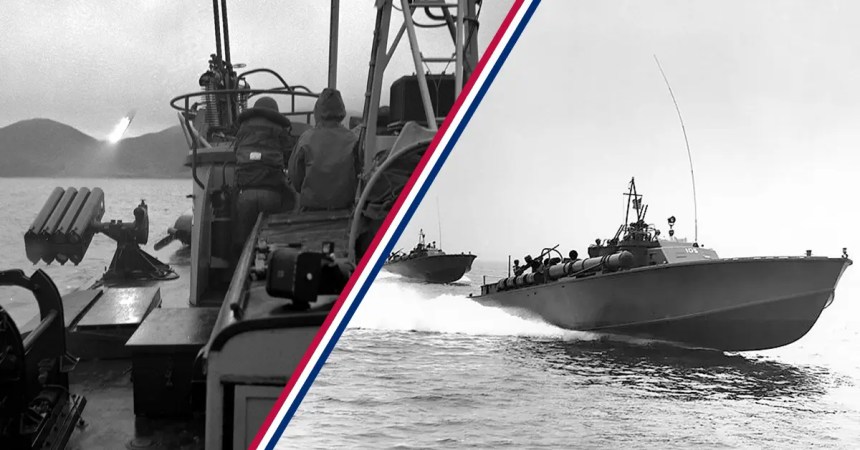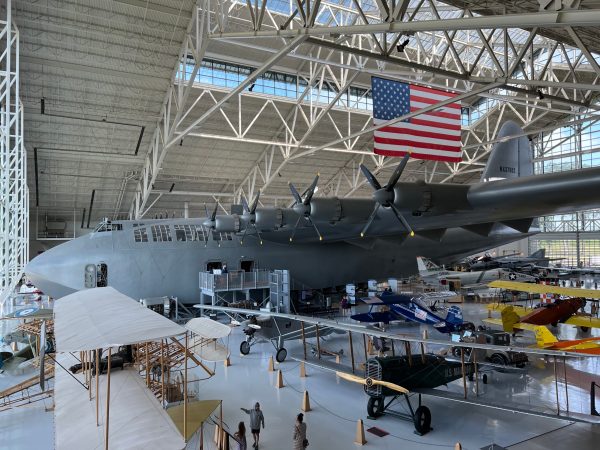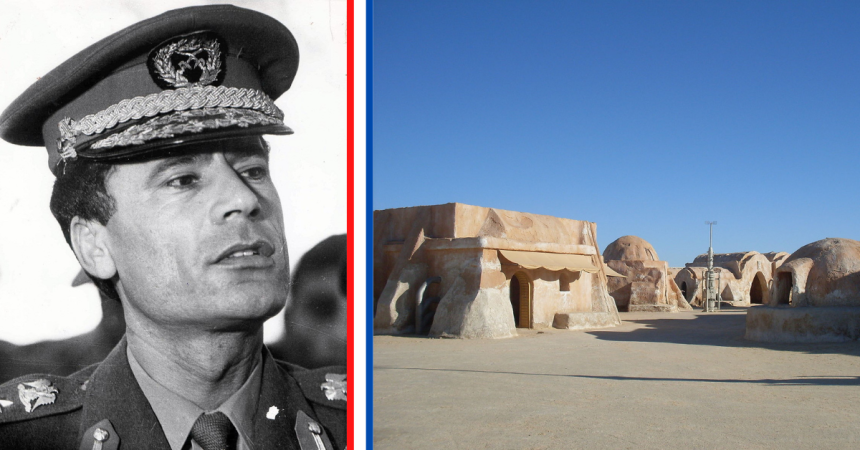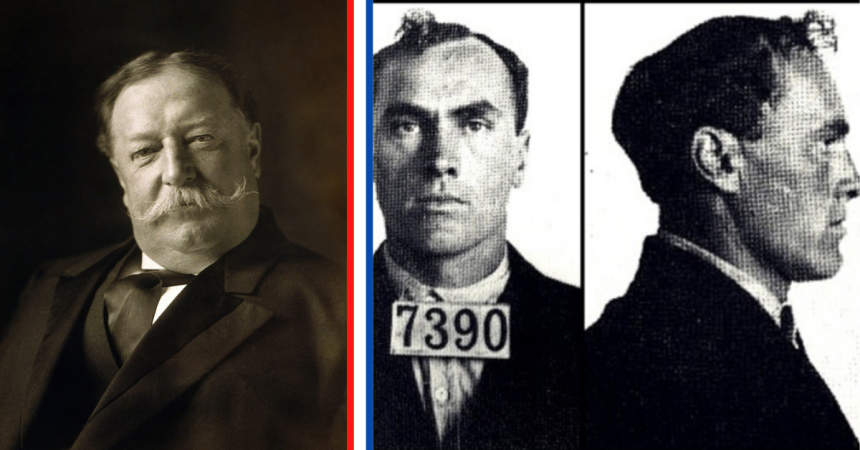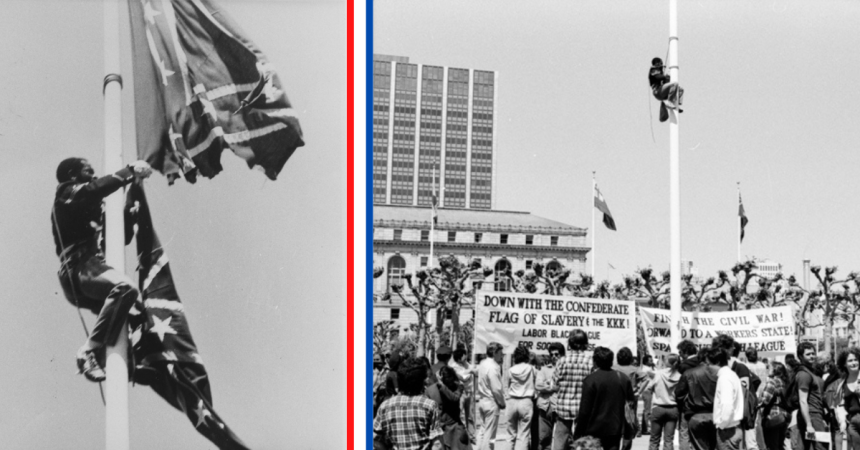On July 30, 1945, USS Indianapolis got hit by a Japanese torpedo. It sank in just 12 minutes, leaving around 900 sailors stranded in the Pacific Ocean. Over the course of several days, they had to fight for their survival, braving extreme heat, thirst, hunger, and worst of all, shark attacks. Despite the odds, some sailors survived the ordeal, and their stories of courage and resilience continue to inspire us today.
An unforgettable event
The sinking of the USS Indianapolis is one of the most tragic and harrowing incidents in the history of the US Navy. The ship had just delivered crucial components of the atomic bomb that would be dropped on Hiroshima. It was on its way to the Philippines when it was attacked by the Japanese sub. Nearly 300 of the 1,196 sailors on board died. The rest of the crew, including the captain, Captain Charles McVay III, went into the water.
After the sinking of the USS Indianapolis, survivors clung to life in the Pacific Ocean. They didn’t know if they’d be rescued or if anyone knew what had just happened. In fact, the ship had an insufficient number of life rafts and life jackets for all the sailors on board, so that added to their stress. Moreover, the distress signal was delayed by several hours. This further hampered the rescue efforts. It took several days for a U.S. Navy plane to finally spot the survivors and launch a rescue mission.

The Ordeal at Sea
The sailors who survived the sinking of the USS Indianapolis faced a grueling ordeal in the Pacific Ocean. They had no food, no water, and no protection from the scorching sun and the rough waves. Many of them suffered from dehydration, exposure and injuries from the sinking ship. The saltwater aggravated their wounds, and the heat and humidity caused blisters, boils, and hallucinations. Sailors also had to contend with extreme sleep deprivation. They were unable to lie down or rest comfortably due to the waves and the constant movement of the water. They had to take turns clinging to rafts or debris, with some sailors falling asleep while holding onto ropes or netting. The lack of sleep and physical exhaustion only added to the already dire situation.
Shark Attacks
The sailors who survived the sinking of the USS Indianapolis faced an even greater threat in the form of shark attacks. The warm waters of the Pacific Ocean are home to plenty of sharks. That day, many of the sharks circled the wreckage and survivors because of the movement in the water and the scent of blood. Sharks attacked the sailors relentlessly, tearing off limbs and causing gruesome injuries. One of the most harrowing stories of the shark attacks was recounted by survivor Richard Thelen. Thelen was swimming with his fellow sailors when a shark attacked him, biting off his right arm. Thelen managed to swim back to his group, and his fellow sailors improvised a tourniquet with a belt and a stick to stop the bleeding.
Despite his injury, Thelen continued to fight for his survival and that of his comrades, using his remaining arm to punch the sharks in the nose and fend them off. To defend themselves against shark attacks, the sailors had to resort to extreme measures. They used their life jackets as shields and fashioned spears from whatever materials they could find. Some sailors even attempted to swim away from the group to draw the sharks away, sacrificing themselves for the safety of the others.
Surviving the Sinking of USS Indianapolis
Survivors recalled the chaos that ensued as they fought to stay alive. Many sailors were injured or burned from the explosion. Saltwater didn’t help their wounds, at all. Adding to that, the scorching heat caused severe dehydration and sunstroke. At night, the freezing cold made it impossible to stay warm. Adding to their misery was the constant threat of shark attacks. As days passed, many sailors succumbed to their injuries, exhaustion, or shark attacks.
Some sailors tried to stay together, forming rafts from floating debris or clinging to each other in groups. Others struck out on their own, hoping to increase their chances of survival. One sailor, George Horvath, recalled that he swam for 12 hours straight until he found a life raft. He managed to stay alive by catching rainwater and eating jellyfish and plankton. Another sailor, Edgar Harrell, was one of only 317 survivors. He managed to survive by clinging to a makeshift raft for four and a half days until a rescue team finally arrived.

The Rescue
After four days in the water, A Navy plane spotted the surviving sailors. A rescue mission quickly launched. Within hours, the sailors traded the shark-infested waters for calmer lands. But out of the 900 sailors who went into the water, only 316 survived. The delayed rescue was due to a series of miscommunications and oversights, and it was a tragic reminder of the importance of clear communication and proper protocol in times of crisis.
The Legacy of USS Indianapolis
The sinking of USS Indianapolis remains one of the darkest moments in the history of the US Navy. The loss of life and the suffering endured by the survivors are a reminder of the horrors of war and the sacrifices that brave men and women make to defend their country. The tragedy also had far-reaching consequences, leading to changes in naval procedures and protocols to ensure such a disaster would never happen again.
But the legacy of USS Indianapolis lives on, not only in the memories of those who lived through the ordeal but also in the lessons learned about the importance of preparedness, communication, and leadership in times of crisis. Survivors have dedicated themselves to keeping the memory of their fallen comrades alive and sharing their stories with future generations. The sinking of USS Indianapolis is a reminder of the human cost of war and the resilience of the human spirit in the face of unimaginable adversity.


